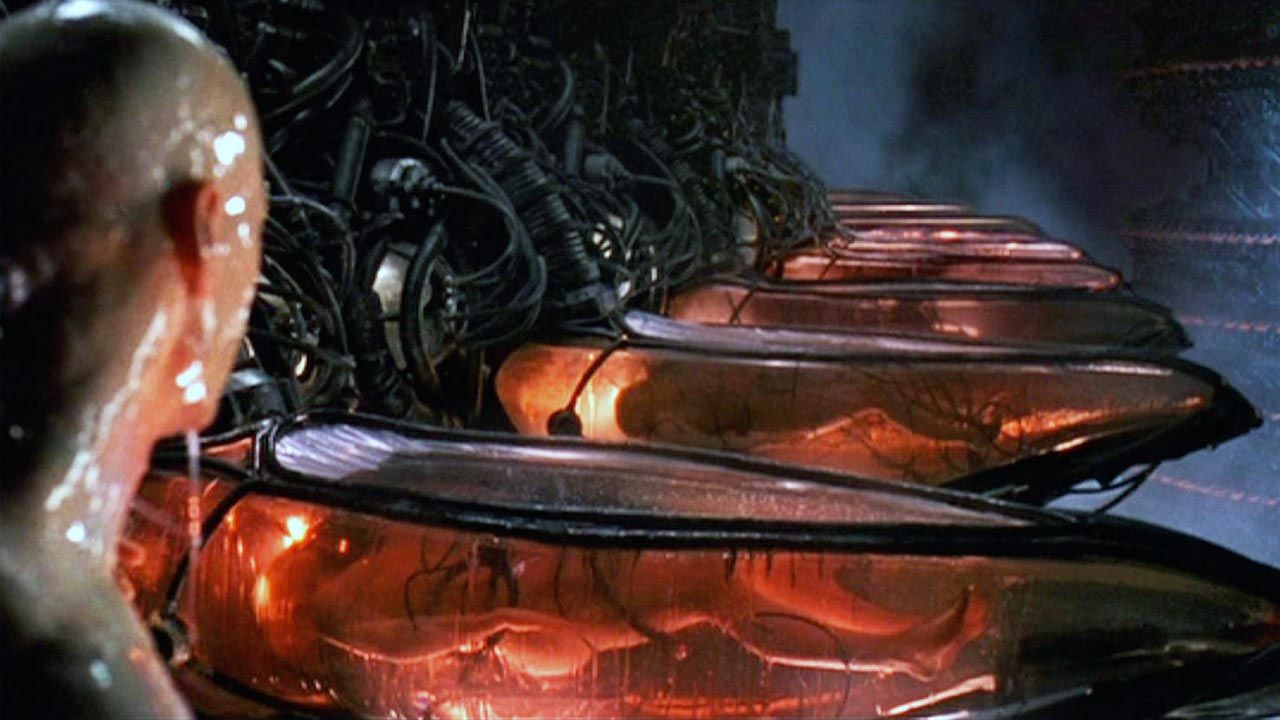- Nov 12, 2017
- 11,868
- Pool Size
- 12300
- Surface
- Plaster
- Chlorine
- Salt Water Generator
- SWG Type
- Pentair Intellichlor IC-40
Not seeing how this could be right. Not your math, I mean the 80% loss via surface area. What is the surface? The top surface only? Or all six surfaces? And if Dr. G meant only the top, how does one come to that number without considering the other five surfaces? Is it 80% when the other five surfaces are insulated? Or is still 80% when the other five surfaces are colder than the top? How does the air temp and humidity affect that 80% number? What happens on a sunny winter day, when the air temp is, say 65°, but the pool, still 35° from the night before, is still sucking heat out of the spa?I found some rough rules of thumb. Until experts come by, a little noodling just for s&g: According to Dr. Google, Ph.D., surface area of the water is the driving factor of pool heat loss, about 80%. So rough rule of thumb for surface heat loss in btu / hr is surface area times delta t (in degrees F) times 5 (yeah, rough rule of thumb lol). So let’s say 8x8 spa and delta t of 58-32 = 26. So about 8,300 btu / hr. about 6 million btu / mo. and using 80% heater efficiency = about 82 gallons of propane per month. Divide by 0.8 to account for the other 20% guestimated loss other than surface and presto, when outdoors is hovering at freezing and the spa is maintained at 58, expect 102 gallons of propane use per month.
Latent heat is ignored — spa is pretty shallow and that also gets too complicated lol. There will also be losses through the plumbing and equipment, etc., etc. Add another % fudge factor and say 120 gallons / mo.
If Dr. Google is correct, it might, in theory, be possible. Still very risky but at least sort of do-able. Since you’ve made the commitment to have the spa, maybe experiment in the Fall and see what your actual heat loss looks like. My bet is I’m way off but who knows lol.
Again, I don't know nearly as much about this stuff as Dr. G, it's just a matter of logic (to me).
All this speculation aside, you still have a nice design for a pool/spa combo. I really like that you can cover both with one cover. The spa will be a great place to socialize. Kids will love it. And speaking of kids (yours or guests') being able to cover both bodies of water is a fantastic safety feature. Plumbing the spa to work both separately and together with your pool was smart. It probably didn't cost all that much extra, and will potentially open up many possibilities.
You'll either be able to afford to run the spa year 'round or you won't. It's probably not something that any of us can calculate, you'll know soon enough. And even if you aren't able to use your spa in the middle of winter, maybe you will be able to make great use of it in the fringe seasons because of the smart plumbing set up. I had a skimpy swim season this year, maybe my worst ever. Only about four months. Awful. If that happens again next year, I'll be staring at my pool from my deck, in the spring and the fall, and you'll be in your spa!
I mostly just dip in my pool, I don't swim around in it all that much. When my pool is 70° in the Spring, I would love to have a spa that was 85°, just to cool off on a warm day without chilling my bones. The spa will be great to have, even if you don't always run it up to 105°. So don't mind me, you built a smart pool and we're all rooting for you that it'll be everything you wanted!
Last edited:


